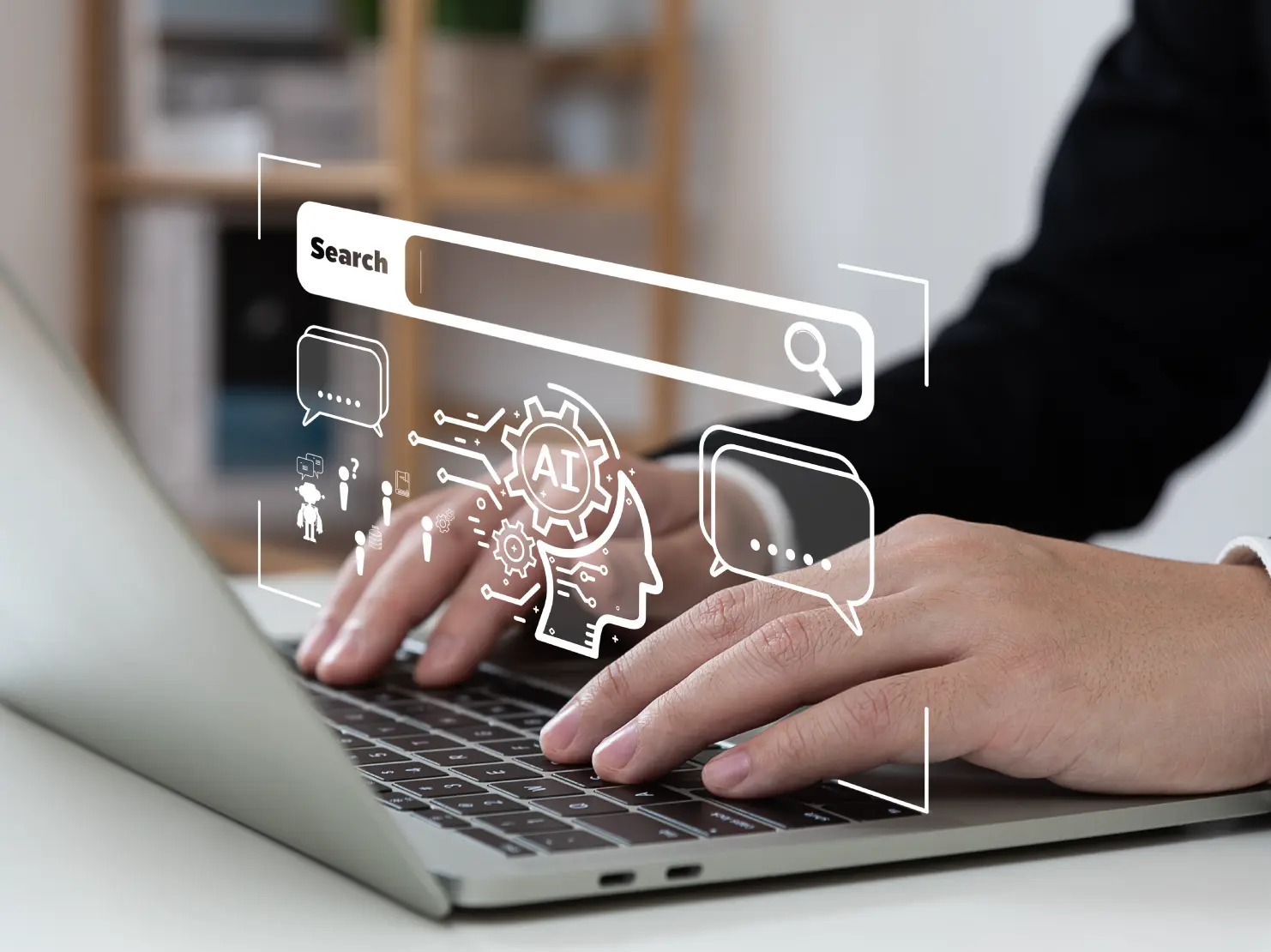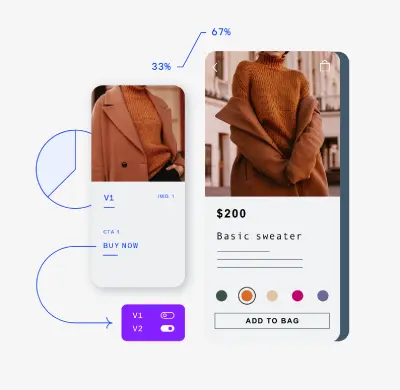Using Artificial Intelligence to Transform Your Website
May 3, 2023 - 10 min read
The increasing role of artificial intelligence (AI) in various aspects of technology and business has transformed the way we interact with the world around us. AI has and will continue to have a big impact on the world of user experience (UX) design, making it important for designers to use this tool to create better customer experiences. It is changing many aspects of web design with respect to analyzing data, creating personalized experiences, and enhancing user accessibility to name a few. As the technology evolves, it’s going to be crucial to stay on top of the latest advances to create more personalized and customer-centric designs.
Data Analysis

AI is helping UX designers work more efficiently with data to make better-informed design decisions. For instance, traditional user research methods can be time-consuming, expensive, and are often limited in scope. AI helps us overcome these challenges by gathering and analyzing large amounts of data quickly and efficiently. Not only does this save time, but it will enhance how we view and compile data, leading to improved insights and decision-making.
One example of how AI is helping UX designers work with data is through A/B testing. In the past, this approach was time-consuming and required a large sample size to yield significant results. Today, AI-powered A/B testing tools like Optimizely can automatically generate variations of a design and distribute them to a sample audience. The tool then uses statistical analysis to determine which variation performs better, allowing designers to make various design decisions quickly and efficiently.
Personalization
Personalization has become an essential aspect of UX design over the last decade. Creating personalized experiences for users is no longer a nice-to-have, it is expected from customers and is often a key variable in the purchase-making process. With the need for more personalized experiences, it is important to work with AI to continue to push the boundaries of what’s possible. AI can be used to analyze user data and behaviour to help UX designers make decisions and create unique experiences for each user. You’ve probably noticed examples of this in your personal life. For instance, Netflix uses AI algorithms to suggest movies and TV shows based on your viewing history and preferences. And Amazon uses AI-powered recommendation engines to suggest products based on your browsing and purchase history. These context-aware experiences lead to improved user engagement and satisfaction.
To put this into perspective, we can look at the evolution of chatbots. You’ve probably come across them before, but chatbots are typically used as website assistants to guide users through a website or app, answer questions, or provide recommendations. In the past, these chatbots consisted of pre-filled answers based on common questions, often resulting in poor user experiences. Things have come a long way since then. With the release of ChatGPT’s API, businesses are now starting to integrate the API into their websites and apps to resemble a human conversation and provide highly nuanced responses to a given users’ questions. This may be the far-end of the spectrum when it comes to AI chatbots, and not a necessity for every business, but it shows that providing highly personalized experiences for each individual user is not far down the road.
Accessibility
Accessibility and inclusivity are critical aspects of UX design. This isn’t just due to a desire to improve experiences for all users, but websites across the world are encouraged, and in some areas mandated, to follow WCAG guidelines. These guidelines consist of various areas that impact the accessibility of a website, such as its ability to be compatible with screen readers or having the proper colour contrast between elements. This is where AI can help. There are many AI-powered accessibility tools that work to help create designs that cater to all users. A couple of our favourite tools are EquallyAI and accessiBe, which both work to build a more accessible and welcoming digital environment for everyone.
These tools use machine learning and computer vision algorithms to scan and analyze websites for accessibility issues, then provide actionable recommendations to improve the user experience for people with disabilities. By using these tools, UX designers can ensure that their designs are compliant with WCAG 2.0+ guidelines and accessible to a wider audience.
Changing Roles
AI is transforming the way UX designers work. While some may fear that AI will take over, the reality is there will always be a need for human creativity, judgement, and connectivity. When deciding on a partner for your design project, it’s key to choose a team that is agile and keeping pace with technology. Interpix uses AI as a tool that enhances our skill set, allowing us to focus on building meaningful designs that connect with the end user. By embracing AI, we can create more effective and engaging experiences that cater to all users' needs.